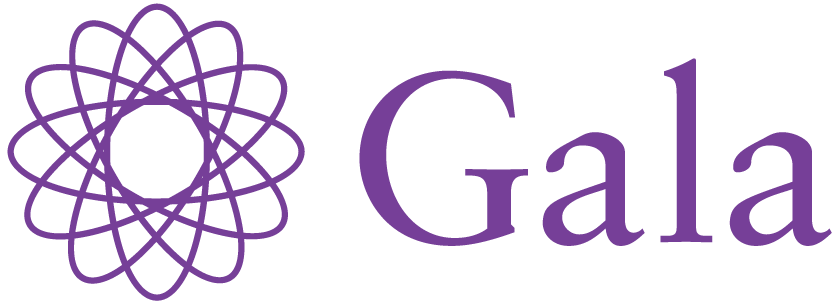Gala is a Python package for Galactic and gravitational dynamics.
Documentation
The documentation for Gala is hosted on Read the docs.
Installation and Dependencies
The easiest way to get Gala is to install with pip or conda.
The recommended install method is to use pip:
pip install gala
If you are on Linux or Mac, you can also install gala with conda using the conda-forge channel:
conda install gala --channel conda-forge
See the installation instructions in the documentation for more information.
Attribution
If you make use of this code, please cite the JOSS paper:
@article{gala,
doi = {10.21105/joss.00388},
url = {https://doi.org/10.21105%2Fjoss.00388},
year = 2017,
month = {oct},
publisher = {The Open Journal},
volume = {2},
number = {18},
author = {Adrian M. Price-Whelan},
title = {Gala: A Python package for galactic dynamics},
journal = {The Journal of Open Source Software}
}
Please also cite the Zenodo DOI as a software citation - see the documentation for up to date citation information.
License
Copyright 2013-2021 Adrian Price-Whelan and contributors.
Gala is free software made available under the MIT License. For details see the LICENSE file.
Contributors
See the AUTHORS.rst file for a complete list of contributors to the project.





